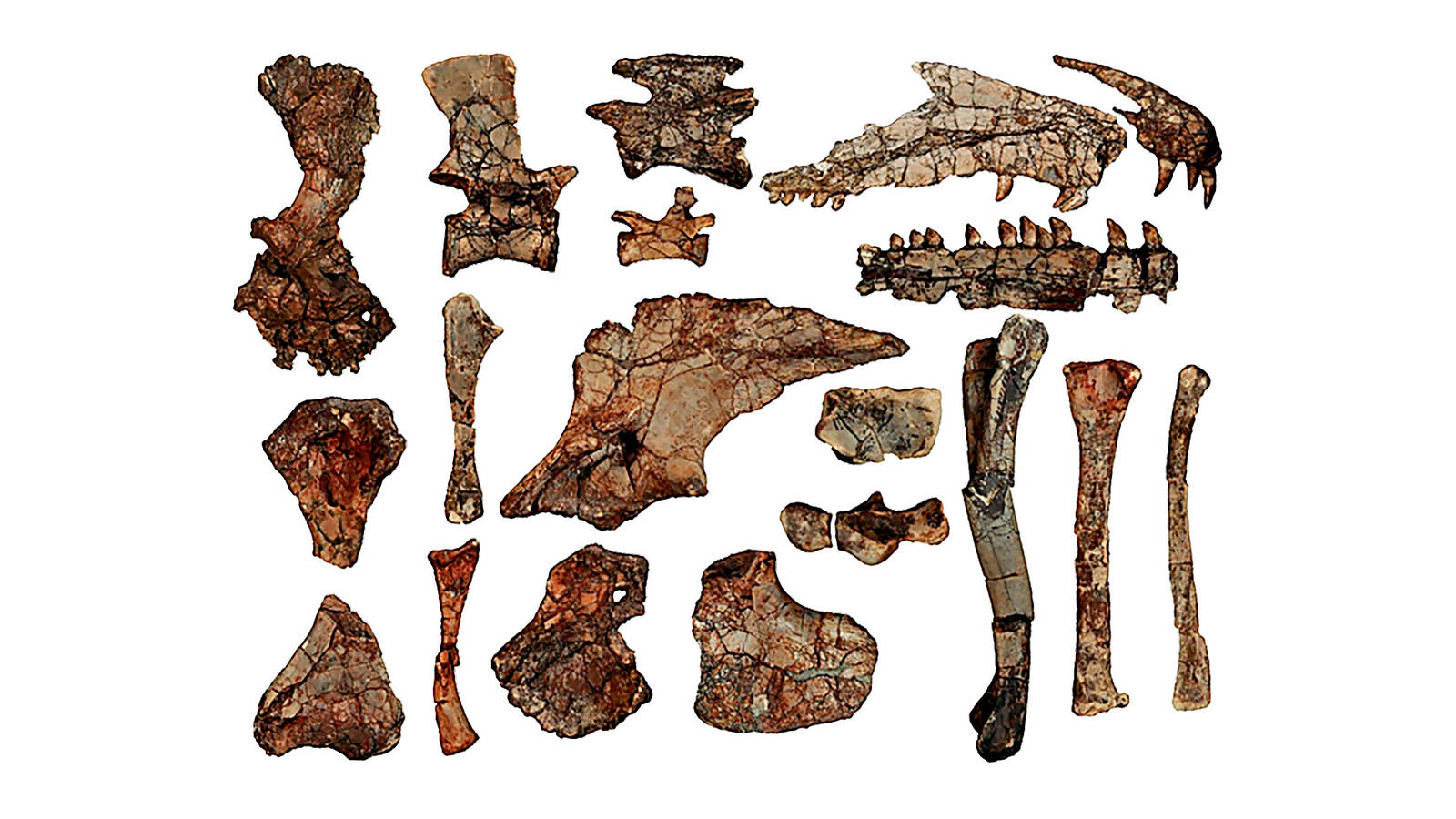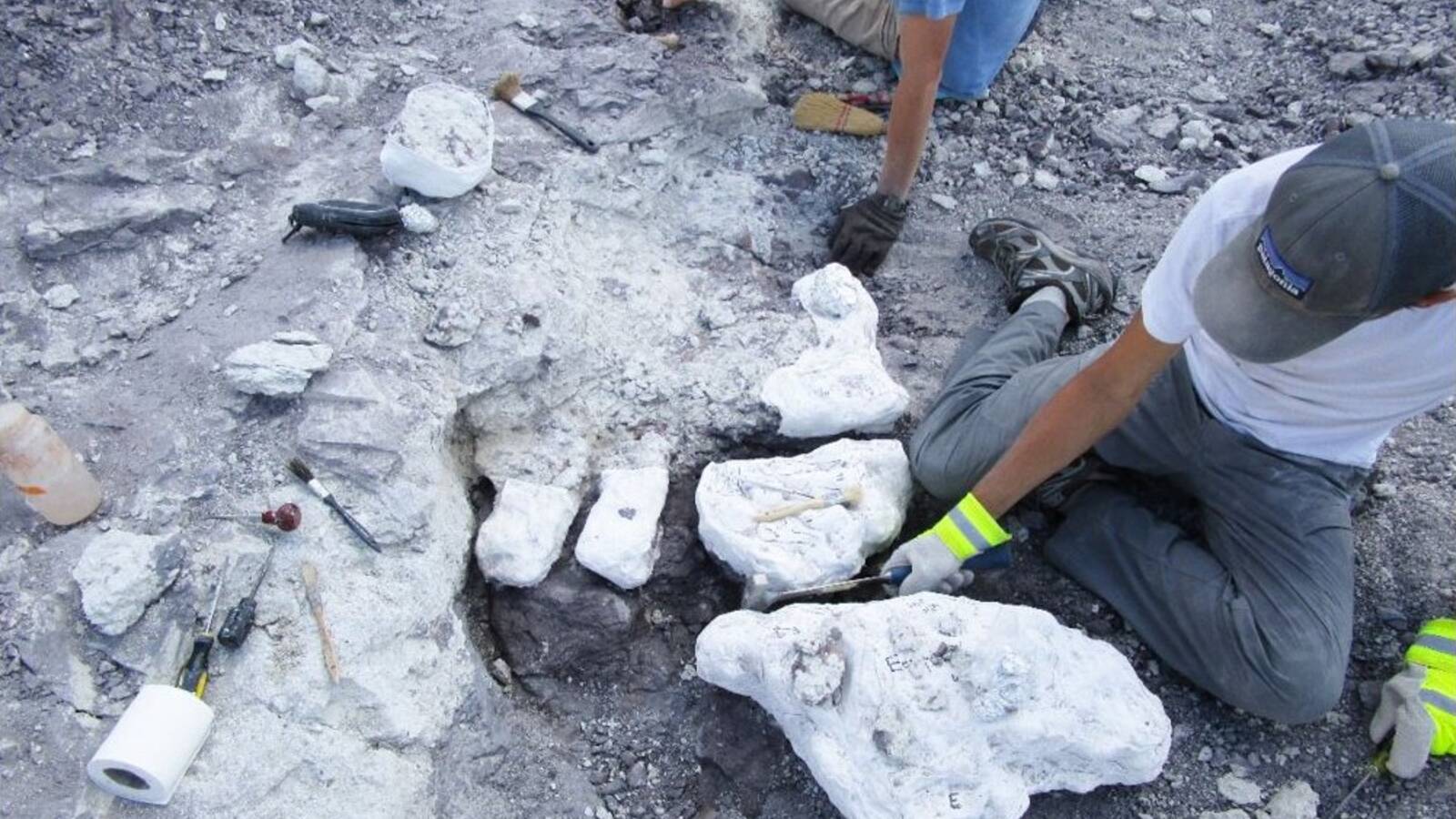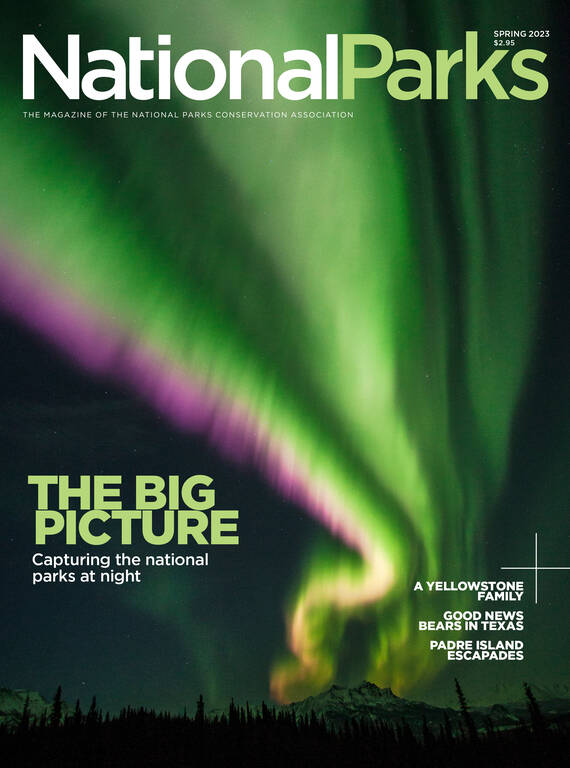Spring 2023
An Unexpected Find
Paleontologists unveil a new reptile at Petrified Forest National Park.
Elizabeth Parker and her Girl Scout troop clustered around her dad Bill Parker, then Petrified Forest’s lead paleontologist, as he examined the gray and spider-cracked bones at his feet. “Us little girls were in awe,” she said.
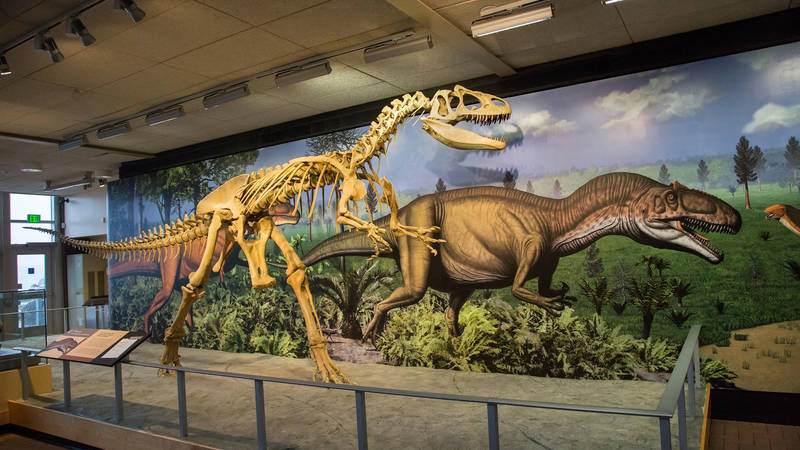
Where to Touch a Dinosaur, and Other Incredible National Park Fossil Sites
Cool creatures from the past and where to see them
See more ›The year was 2014. The troop had been on a spring hike in the park, a rather regular occurrence thanks to the elder Parker’s interest in sharing Petrified Forest’s extraordinary prehistoric resources, and had paused in an area known as the Dying Grounds.
A popular spot for fossil-finding, the Dying Grounds frequently give up their bony secrets with new rainstorms. But, because the area has been heavily researched for roughly a century, “there’s generally nothing there that’s too important,” said Bill Parker, now the park’s resources program manager. “So, it’s a great place to show people what the fossils look like,” he said, without worrying about damaging precious specimens.
There was something about these particular Triassic remnants — a toe bone and vertebra — that gave Parker pause, however. As the girls looked on, he noted that the fossils were small and “kind of delicate.” They were not from the crocodilian-type phytosaurs that are common in that area because the vertebra was long, not short and blocky.
A sampling of the 220-million-year-old P. traverorum bones excavated from the Dying Grounds.
NPSPaleontologists work to extract reptile bones from the Dying Grounds in 2014. Toilet paper-lined plaster “jackets” encase the fragile fossils so they can be safely removed from the field and taken to the lab.
NPSA little later that day, after the hike had wrapped up, Parker followed his hunch and returned to the Dying Grounds with Adam Marsh and Ben Kligman, who were interns at the time. “We started finding a whole bunch of bones,” Parker said. Amazingly, they’d stumbled on a rare monodominant bonebed, a large accumulation of bones from the same species. Further excavation eventually revealed a new-to-science Triassic reptile that would upend assumptions about the creatures that once roamed this land.
GONE TO THE DOGS
Last fall, Parker, Marsh, Kligman, and two vertebrate paleontologists from Virginia Tech, Sterling Nesbitt and Michelle Stocker, published a paper in the Journal of Paleontology, introducing the world to their find: Puercosuchus traverorum. The ancient ectotherm would have physically resembled a Komodo dragon, with a body length of approximately two German shepherds lined up tail to tail, said Marsh, who is now lead paleontologist at the park. Its serrated teeth indicate that it was no herbivore. “With teeth like that, you’re not eating Triassic salad,” he joked.
Roughly 220 million years ago, when P. traverorum was bumping elbows with some of the earliest dinosaurs, Petrified Forest would have been at the approximate latitude of Costa Rica, and the environment would have been semitropical. Rivers and lakes teeming with freshwater sharks and bony fish would have covered the lush landscape. Then, something catastrophic happened, perhaps a river flooded, and this population of P. traverorum died, got covered in mud and “essentially rotted and got all mixed together,” said Nesbitt, whose two-decade involvement at the park extends to his undergraduate researcher days.
It took years of work, first in the field and then in the lab, for the paleontology team to painstakingly dig, brush, glue, encase, extract and examine each of the 900-odd jumbled-up bones. “It’s a lot of long, hot days,” said Kligman, now a doctoral student at Virginia Tech and seasonal paleontologist at the park. He recalled gear-tossing dust devils, futile attempts to keep water bottles cool and the occasional appearance of a rattlesnake. Still, in a recent conversation, Kligman was effusive about his job and the beauty of the park with its colorful banded hillsides, antelope and roadrunners. “We have one of the most wonderful commutes to work you could have,” he said.
In the world of paleontology, the fact that the Dying Grounds quarry coughed up a nearly complete skeleton of P. traverorum (if one were to cobble together the disarticulated remains of the various individuals) is a game-changer. Kligman called the discovery “kind of like a Rosetta stone for Puercosuchus,” adding that it cast new light on previous fossil finds at Petrified Forest and elsewhere. Individual vertebra bones and teeth of P. traverorum had been unearthed in decades past, but they’d always been ascribed to a few different dinosaurs. This find “allows us to go into museum collections from 10, 15, 100 years ago” and retroactively attribute those bones to this reptile, said Stocker, a former Petrified Forest intern.
The reptile’s presence in what is now Arizona also revealed that the larger taxonomic group to which P. traverorum belongs was more globally widespread than previously thought. “Whoa! We have these things here, now, in the Triassic Period in North America?! Cool!” Marsh recalled thinking.

National Parks
You can read this and other stories about history, nature, culture, art, conservation, travel, science and more in National Parks magazine. Your tax-deductible membership donation of $25 or more entitles…
See more ›The bonebed — and the team’s fascination with it — also ushered in a new era of work at Petrified Forest. Paleontologists of the past “were looking for the large, really big animals, and they kind of overlooked these layers that were full of tiny bones,” Kligman said. “It turns out that those are the layers that preserve this whole other aspect of diversity.” Over the coming years, in fact, a spate of new reptiles and amphibians (including the recently named Funcusvermis gilmorei) are likely to make headlines.
Fortunately for future paleontologists (and park visitors), any yet-to-be-discovered species are still there, below the surface, because Theodore Roosevelt had the foresight to protect this area’s impressive collection of petrified trees in 1906. While he knew the Chinle Formation, home to these wood-turned-stone delights, harbored other plant and animal fossils, he never could have anticipated what a treasure trove remained, just waiting for a good rainstorm and the eagle eyes of a paleontologist — or some scouts.
“It’s always funny,” Nesbitt said, reflecting on the unexpected surfacing of P. traverorum. “Timing matters so much, even though these things have been dead for so long. … It just took the right person and right time to be recognized.”
About the author
-
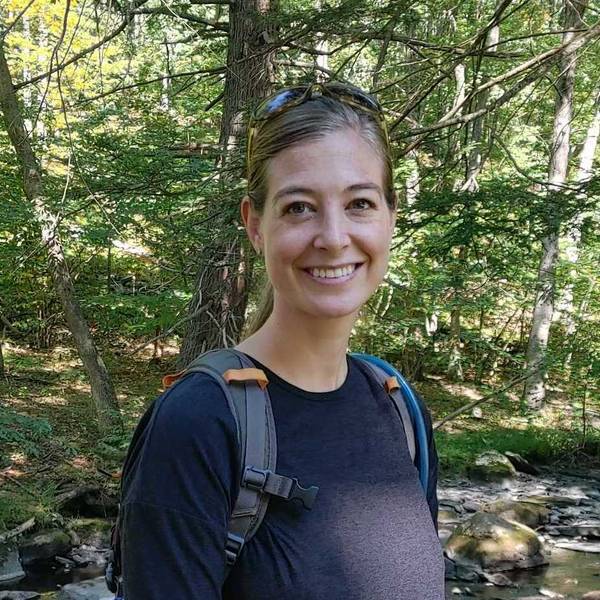 Katherine DeGroff Associate and Online Editor
Katherine DeGroff Associate and Online EditorKatherine is the associate editor of National Parks magazine. Before joining NPCA, Katherine monitored easements at land trusts in Virginia and New Mexico, encouraged bear-aware behavior at Grand Teton National Park, and served as a naturalist for a small environmental education organization in the heart of the Colorado Rockies.
